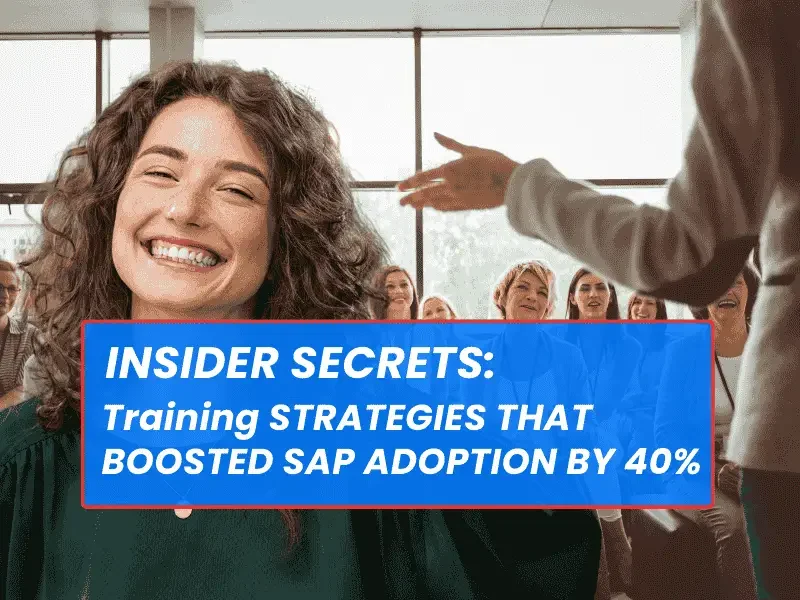
Event sustainability isn’t a solo mission. It requires a shared understanding, collective effort, and a unified sense of purpose from everyone involved, from vendors and sponsors to staff, volunteers, and guests. Events are stronger when every contributor knows why sustainability matters and how their role supports the outcome. Platforms like Brown Paper Tickets, which offer accessible ticketing and event management tools, help bring these contributors together through streamlined systems that make alignment easier to achieve and easier to maintain.
A well-aligned team becomes more than a workforce. It has become a community. That shift from compliance to contribution marks the difference between good intentions and meaningful results. When everyone feels ownership over the event’s mission, sustainability becomes a shared success, not a siloed effort.
Values-Driven Planning Starts at the Top
Organizers set the tone. When sustainability is treated as a guiding principle rather than a marketing line, every decision carries more weight. It begins at the earliest stages of planning. Selecting the right vendors, choosing an accessible and efficient venue, designing zero-waste options into the experience and building time for education and reflection.
Clear internal communication is essential. Everyone involved should know what sustainability means in practice, from recycling stations and compostable utensils to inclusive programming and digital signage. These details matter, and they create a blueprint for execution. Behavioral science supports this approach. People are more likely to follow sustainable behaviors when expectations are clear and modeled consistently. When the leadership team prioritizes sustainability in language, decisions and behavior, the rest of the team is more likely to engage with care.
Training Creates Confidence
One of the fastest ways to build alignment is through training. Staff and volunteers who understand the event’s goals and know how their responsibilities support those goals are more likely to take ownership of the outcome. Training doesn’t have to be complex. A short session before the event, a printed guide, or a digital video can cover the essentials. What goes in which bin, how to answer common attendee questions and how to report problems when they arise. Even a few minutes spent on context, why the event is minimizing paper, how composting supports local farms, or what vendors have done to reduce waste, builds buy-in.
That confidence leads to better decisions. A volunteer who understands the compost system is more likely to step in when guests are confused. A staff member who knows why local vendors were selected can explain it with pride. When information is accessible and consistent, the event team becomes an extension of the mission itself.
Collaboration Across Departments
Sustainability should not be confined to one department or role. It must be woven through logistics, production, food and beverage, programming, and guest experience. For example, the transportation team might coordinate with the venue on bike storage. The programming team might stagger sessions to reduce congestion and support cognitive flow. The catering team may work with vendors to limit packaging waste or serve bulk meals to avoid single-use containers.
Each of these decisions contributes to the whole, and when departments share updates, they inspire each other. A team that sees another solving a problem creatively is more likely to do the same. Brown Paper Tickets supports this cross-functional coordination with tools that allow real-time communication, up-to-date guest data, and easy integration of logistics, staffing and attendee needs. The more connected the team is through technology, the more aligned it becomes in execution.
Empowering Vendors and Sponsors
True alignment extends to external partners. Vendors and sponsors should be briefed not only on logistics but also on the event’s values and expectations. Simple tools like sustainability checklists, preferred sourcing guides, or sample signage help vendors deliver goals without guesswork. For example, if a booth partner knows the event discourages single-use giveaways, they can plan accordingly. If sponsors understand the impact of their support, such as covering reusable bottles or compost service, they are more likely to participate meaningfully.
Organizers should create space for vendors and sponsors to ask questions, share ideas, and participate in solutions. These collaborators bring expertise and creativity, and they are often eager to contribute when they feel like partners instead of contractors. This approach also increases consistency. When vendors and sponsors are aligned, guests receive a unified experience no matter which part of the event they’re engaging with.
Volunteers as Culture Carriers
Volunteers often serve as the first and last contact for attendees. Their ability to model sustainable behaviors, answer questions and share helpful prompts can determine how smoothly a program runs, and how aligned it feels. Training volunteers to act as sustainability stewards means giving them the tools to lead, not just assist. They might direct guests to hydration stations, explain sorting bins, or support reuse programs. Their visibility and enthusiasm set the tone for what matters at the event. When volunteers feel empowered and informed, they help carry the culture forward. Their work goes beyond logistics, but it becomes mission-driven hospitality.
Guests as Partners, Not Observers
Attendee engagement is strongest when guests feel like they’re part of the mission. Transparency about sustainability goals, visible proof of action, and opportunities to participate help guests move from passive observation to active partnership. It might look like signage explaining composting systems, a short opening message about waste goals, or post-event highlights showing impact metrics.
The more guests understand the purpose behind the design choices, from plant-based menus to hybrid access, the more likely they are to support and advocate for the experience.
Measuring Progress Together
Shared values are only as strong as the systems that track and reinforce them. Measuring progress and communicating results helps reinforce alignment. Whether it’s pounds of waste diverted, miles of travel reduced, or attendee satisfaction scores tied to sustainable features, these numbers tell a story.
Organizers should consider a post-event debriefing with staff, volunteers, and partners. What worked? What could be improved? Where did alignment show up clearly, and where did it slip? These reflections strengthen future planning and signal that sustainability is not just a priority, but a practice.
The Outcome of Shared Purpose
When everyone is aligned, from ticketing and tech to vendors and volunteers, the result is more than a successful event. It’s a cohesive experience that guests remember for its clarity, care, and intention. Sustainability becomes a shared language. Each person’s role connects to a bigger picture. And in that connection, stronger events are born.

